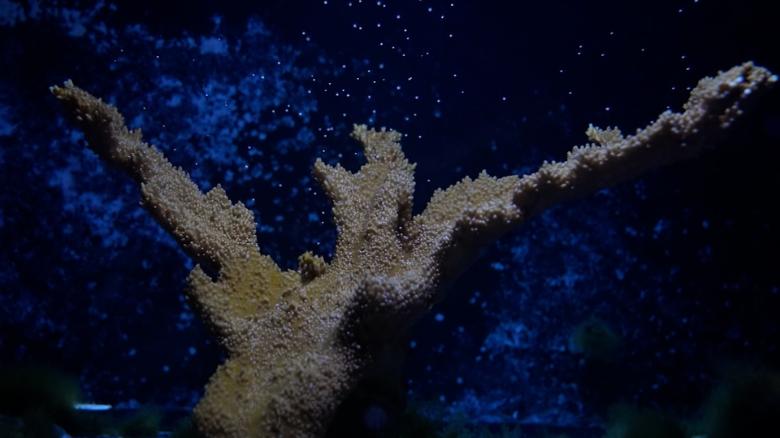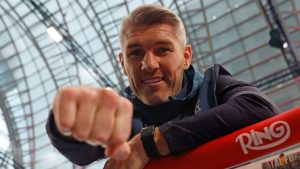CNN Exclusive: Scientists make major breakthrough in race to save Caribbean coral

It’s a historic step forward, and one they hope could help revitalize Caribbean ecosystems and could pay humans back by offering extra protection from the fury of hurricanes.Elkhorn coral once dominated the Caribbean. But, just as other vital coral ecosystems are degrading around the world, elkhorn are now rarely seen alive in the wild. This species — so important because it provides the building blocks for reefs to flourish — has been until now notoriously difficult to grow in aquariums.Which is why scientists were thrilled when they saw their reproductive experiment was a success.”When it finally happened, the first sense is just sheer relief.” said Keri O’Neil, the senior scientist that oversees the Tampa aquarium’s spawning lab. “This is a critical step to preventing elkhorn coral from going extinct in the state of Florida.”O’Neil’s colleagues call her the “coral whisperer” because she has managed to spawn so many varieties of coral. Elkhorn marks the aquarium’s 14th species spawned inside the Apollo Beach lab, but the team ranks it as its most important yet.O’Neil estimates there are only about 300 elkhorn coral left in the Florida Keys Reef Tract — but the spawning experiment produced thousands of baby coral. She expects up to 100 of them could survive into adulthood.Named for its resemblance to elk antlers, the coral thrives at the top of reefs, typically growing in water depths of less than 20 feet. This makes their colonies crucial for breaking up large waves. During peak hurricane season, reefs are a silent but powerful ally that protects Florida’s coastlines from storm surges, which are growing larger as sea levels rise.”As these reefs die, they begin to erode away and we lose that coastal protection as well as all of the habitat that these reefs provide for fish and other species,” O’Neil said. “Now there are so few left, there’s just a few scattered colonies. But we’re really focusing on restoring the elkhorn coral population for coastal protection.”Miller said more research needs to be done to make sure lab-spawning elkhorn coral is reasonably safe and effective, to be used in species conservation. “This sort of captive spawning is not a tool that directly addresses widespread coral restoration at the global scale that would match the scale of the need. Indeed, no current coral restoration efforts meet that scale, and none will truly succeed unless we can take serious action to ensure that coral reef habitats can remain in a viable condition where corals can thrive,” Miller told CNN.The climate crisis is the ultimate problem that needs to be solved, Miller said. The rapid increase in ocean temperature needs to be addressed, along with threats to water quality. Still, she said, the ability to grow elkhorn in a lab is an important tool in the restoration effort.”The research on coral propagation and interventions that can be enabled by captive spawning efforts can, however, buy time for us to make such changes effectively before corals disappear from our reefs completely,” Miller said.Buying timeElkhorn branches can grow as much as five inches per year, making it one of the fastest-growing coral species, according to NOAA. And based on observations from the Florida Aquarium scientists, their new elkhorn coral babies will take three to five years to become sexually mature. Within a year or two, scientists intend to replant these lab-grown corals in the Florida Keys National Marine Sanctuary.In the race to restore the reefs, scientists agree this breakthrough is only a first step. “We are really buying time,” O’Neil said. “We’re buying time for the reef. We’re buying time for the corals.”The ultimate goal is a breeding program where scientists could select for genetic diversity and breed more resilient coral capable of withstanding threats like pollution, warming ocean waters and disease. Then nature can take the wheel.”There is hope for coral reefs,” O’Neil said. “Don’t give up hope. It’s all not lost. However, we need to make serious changes in our behavior to save this planet.”







